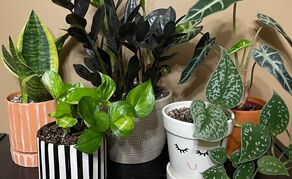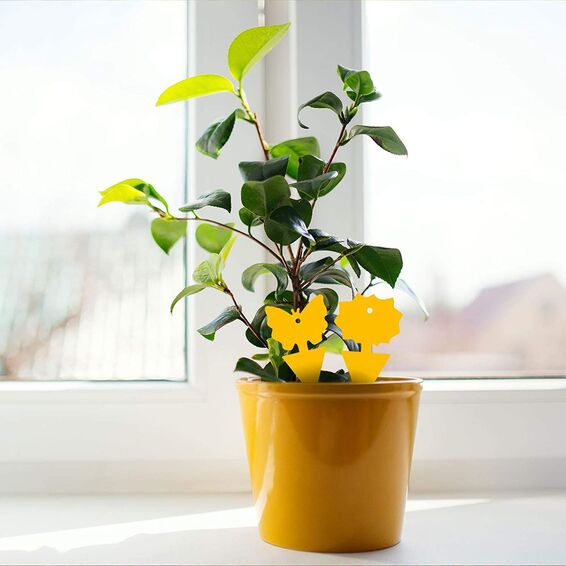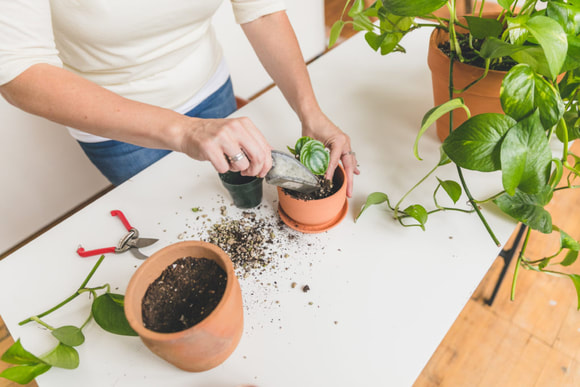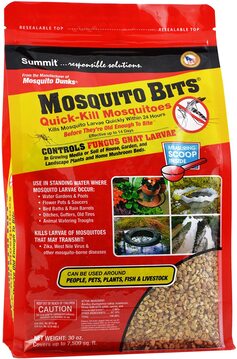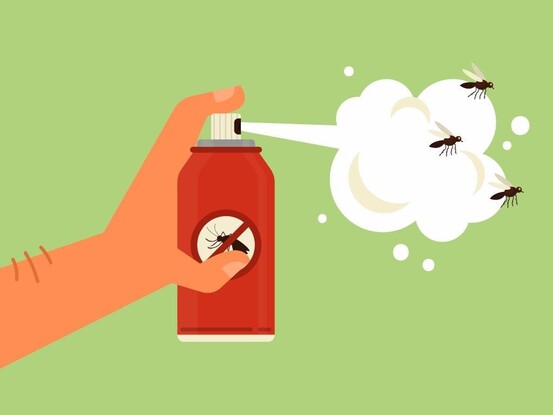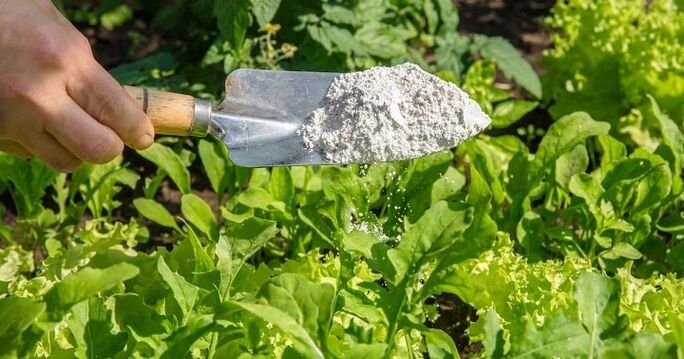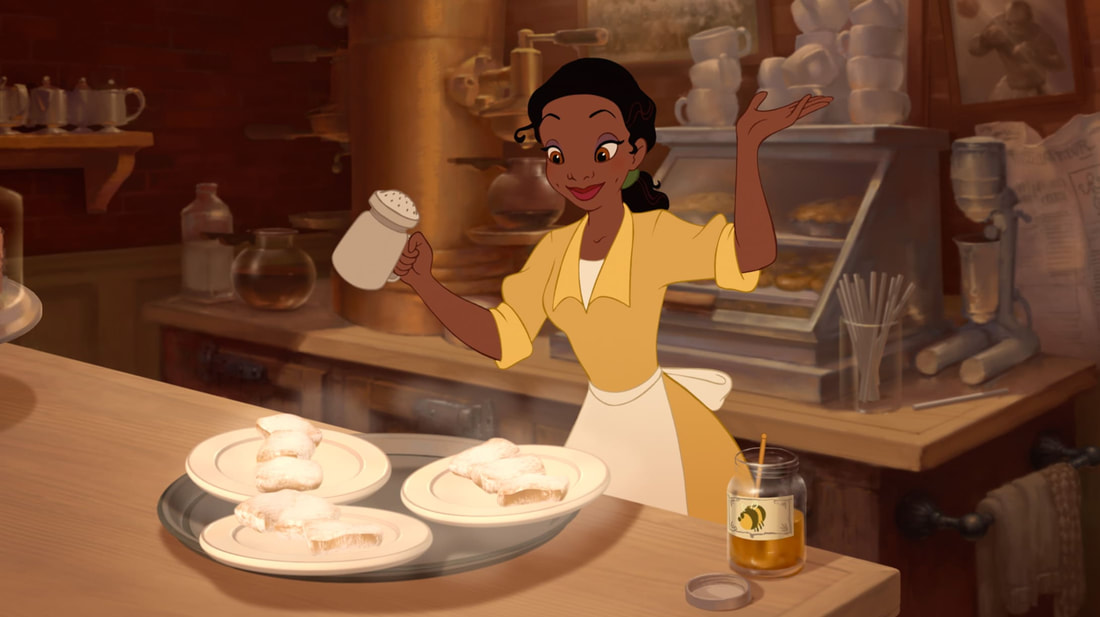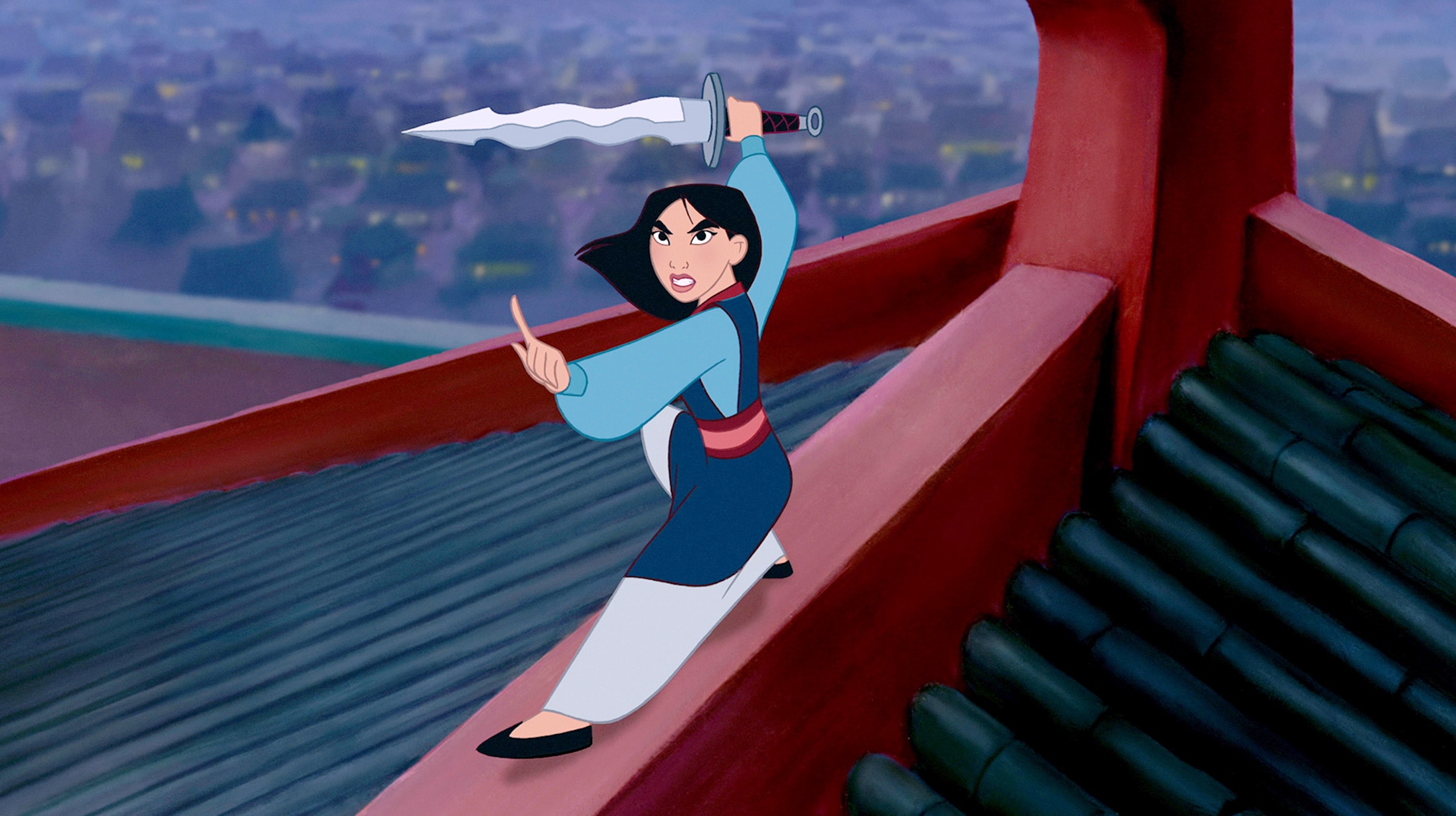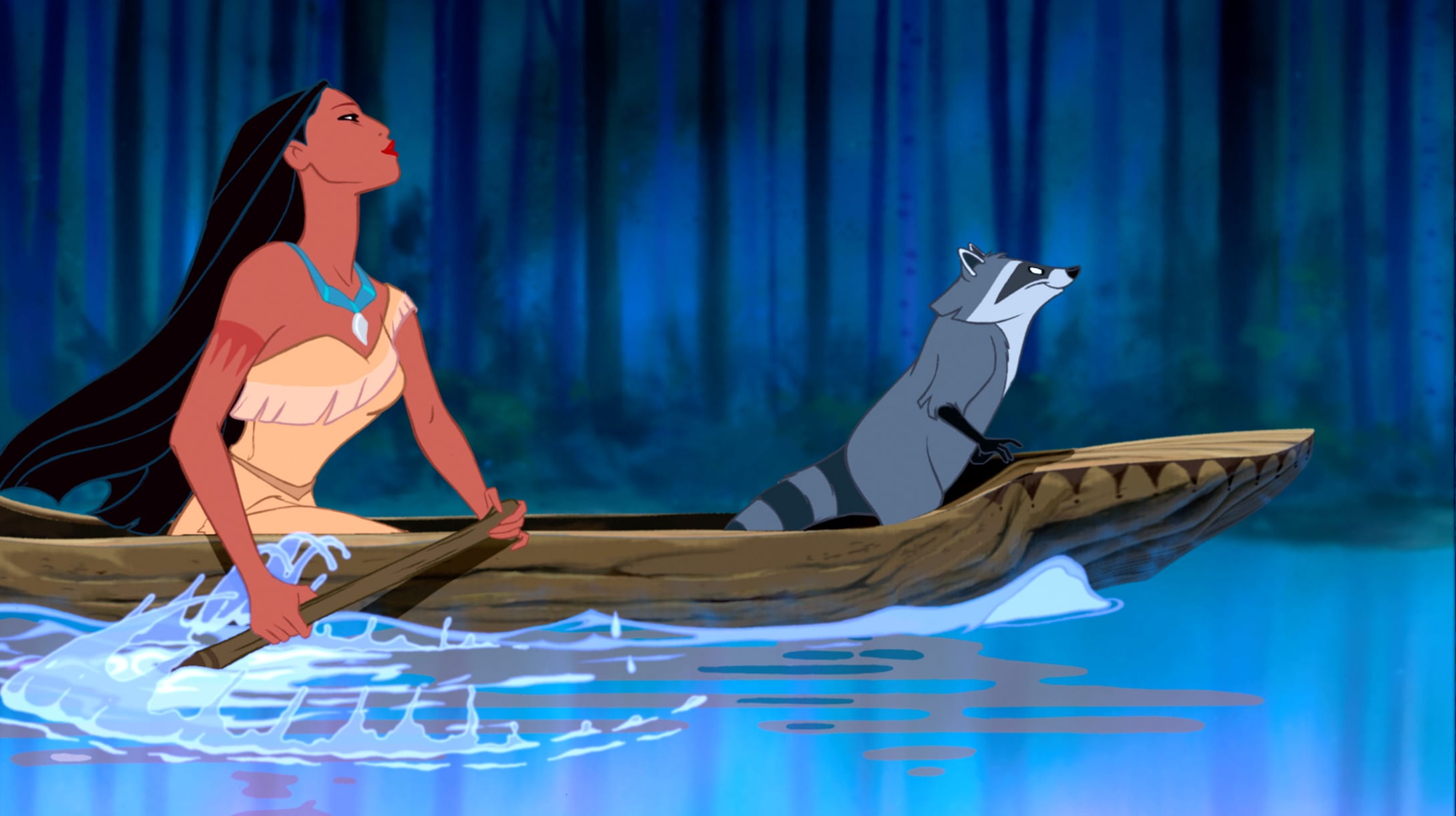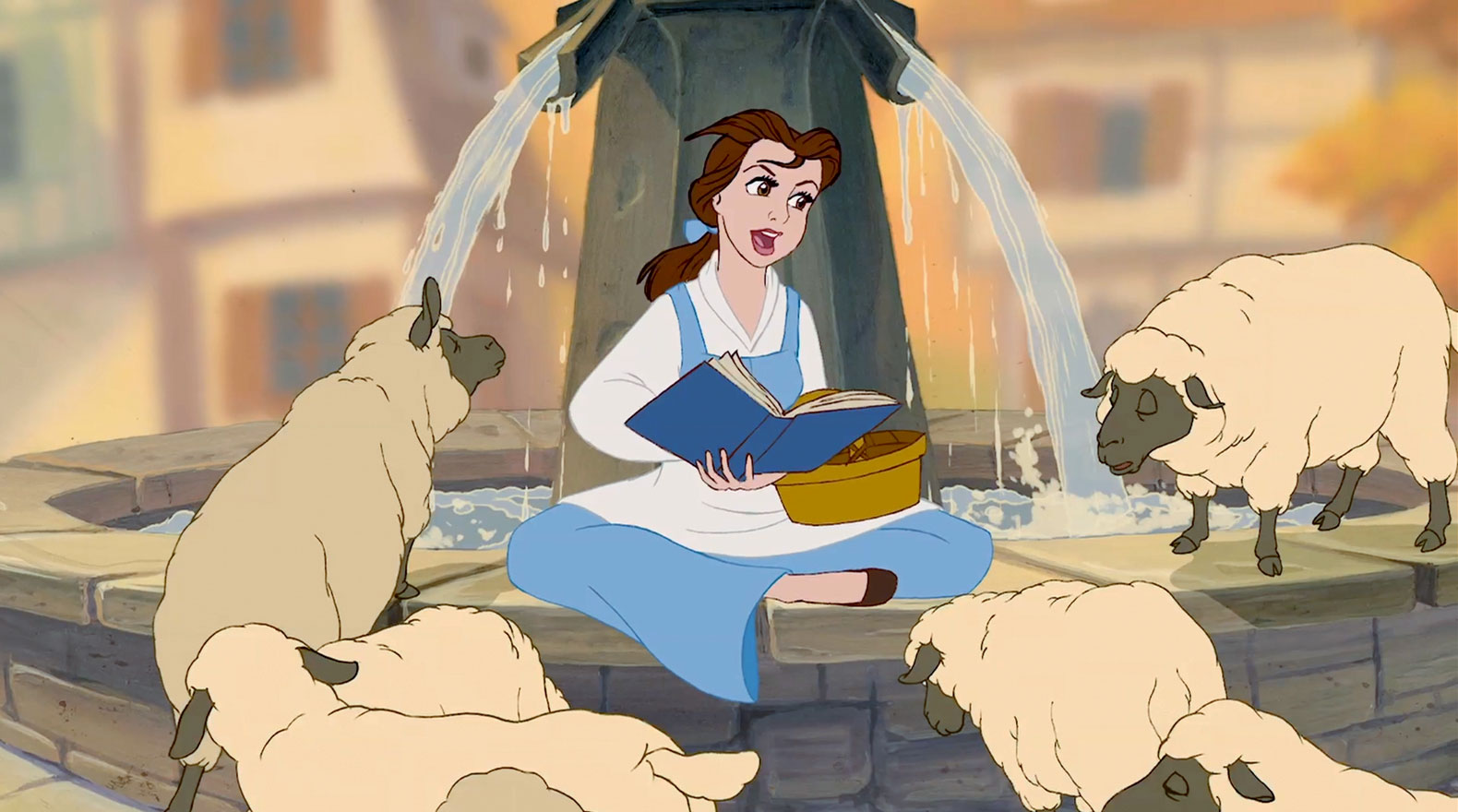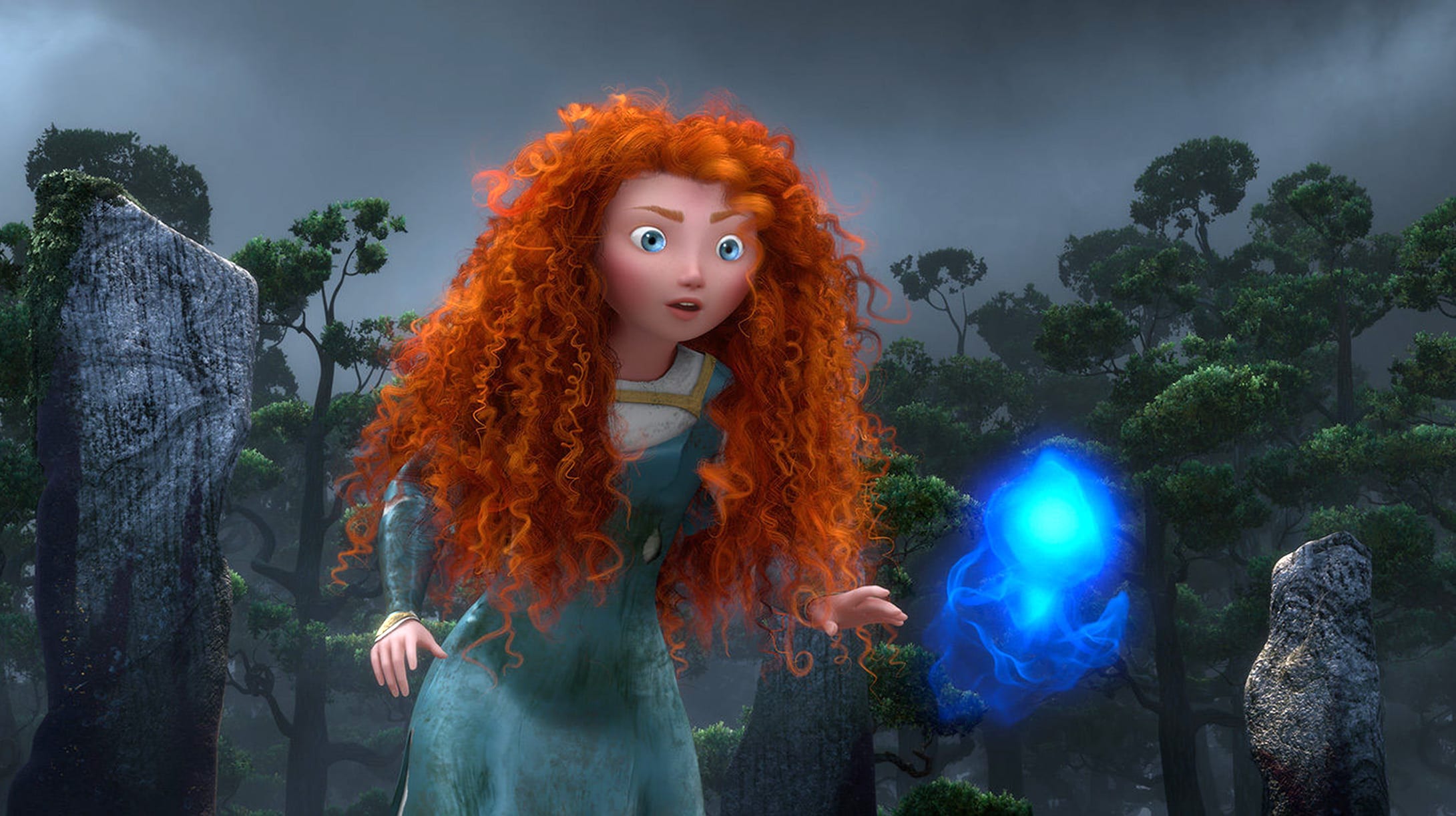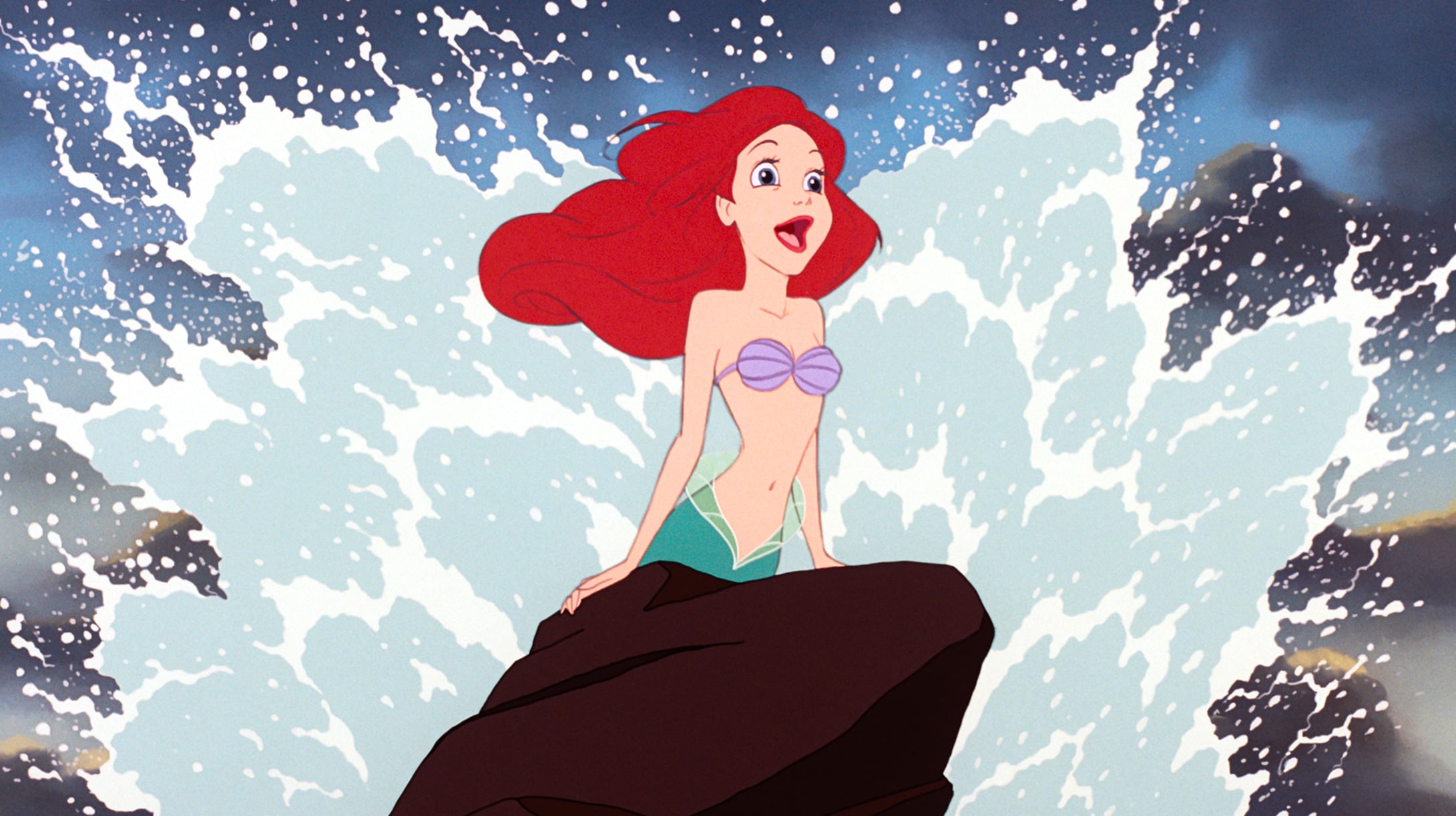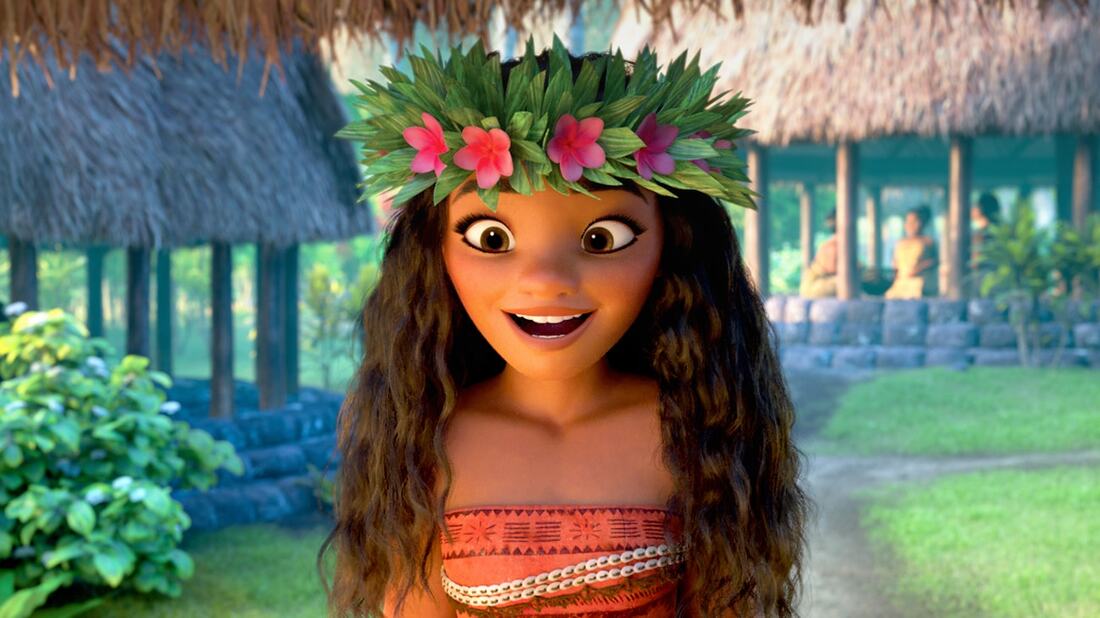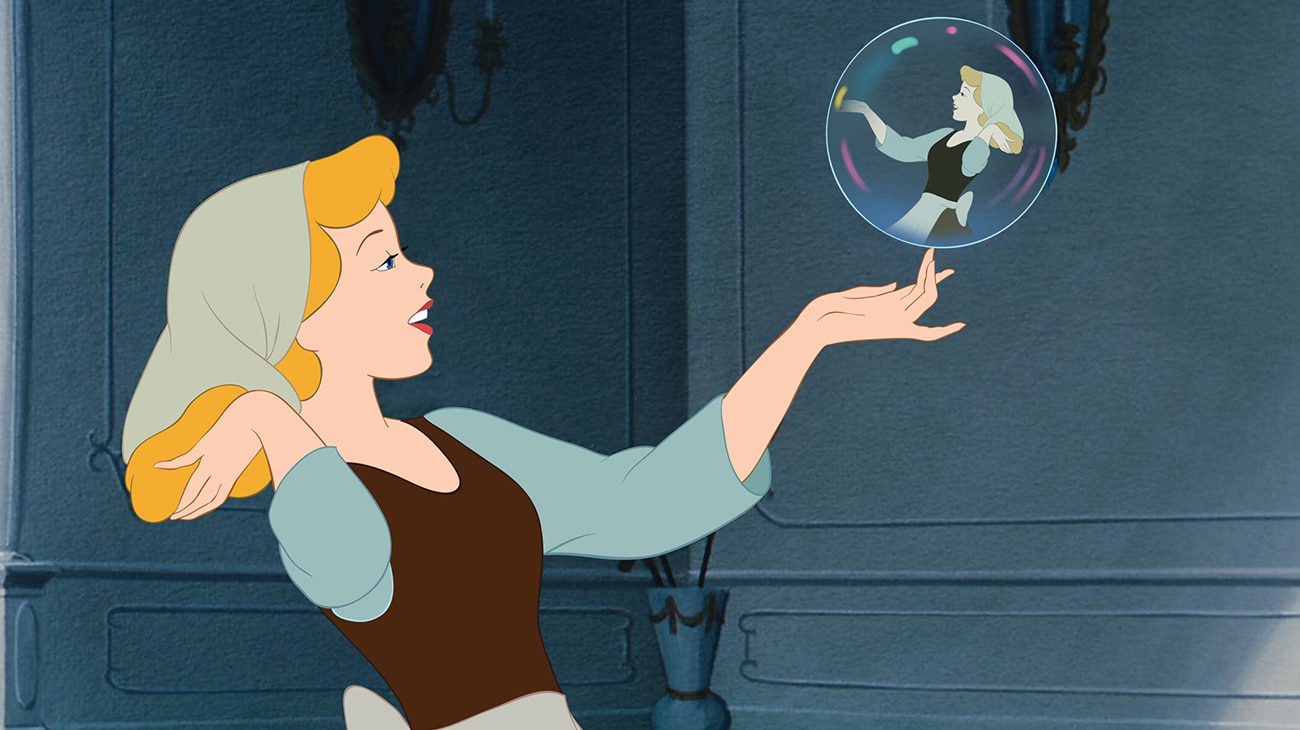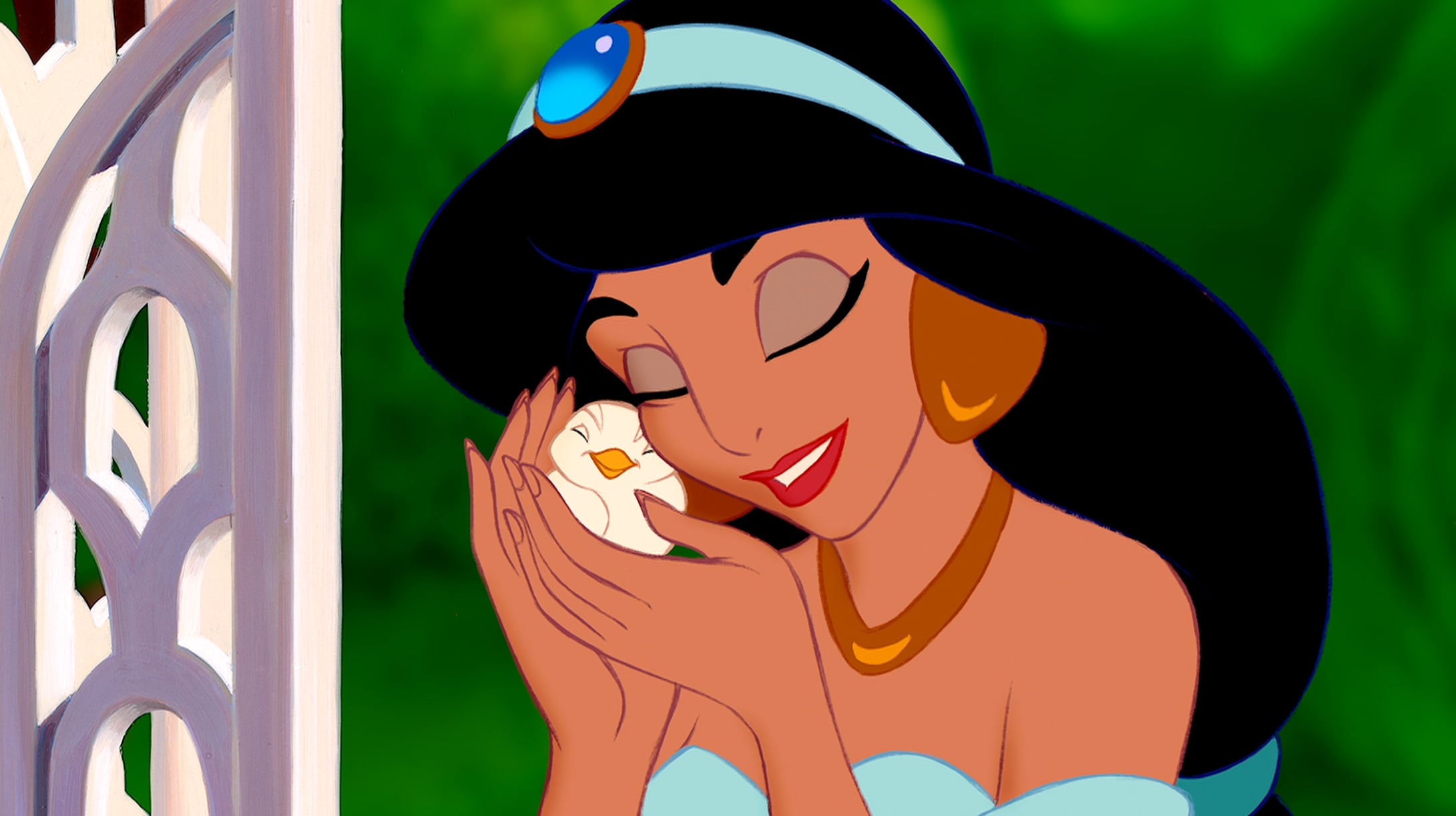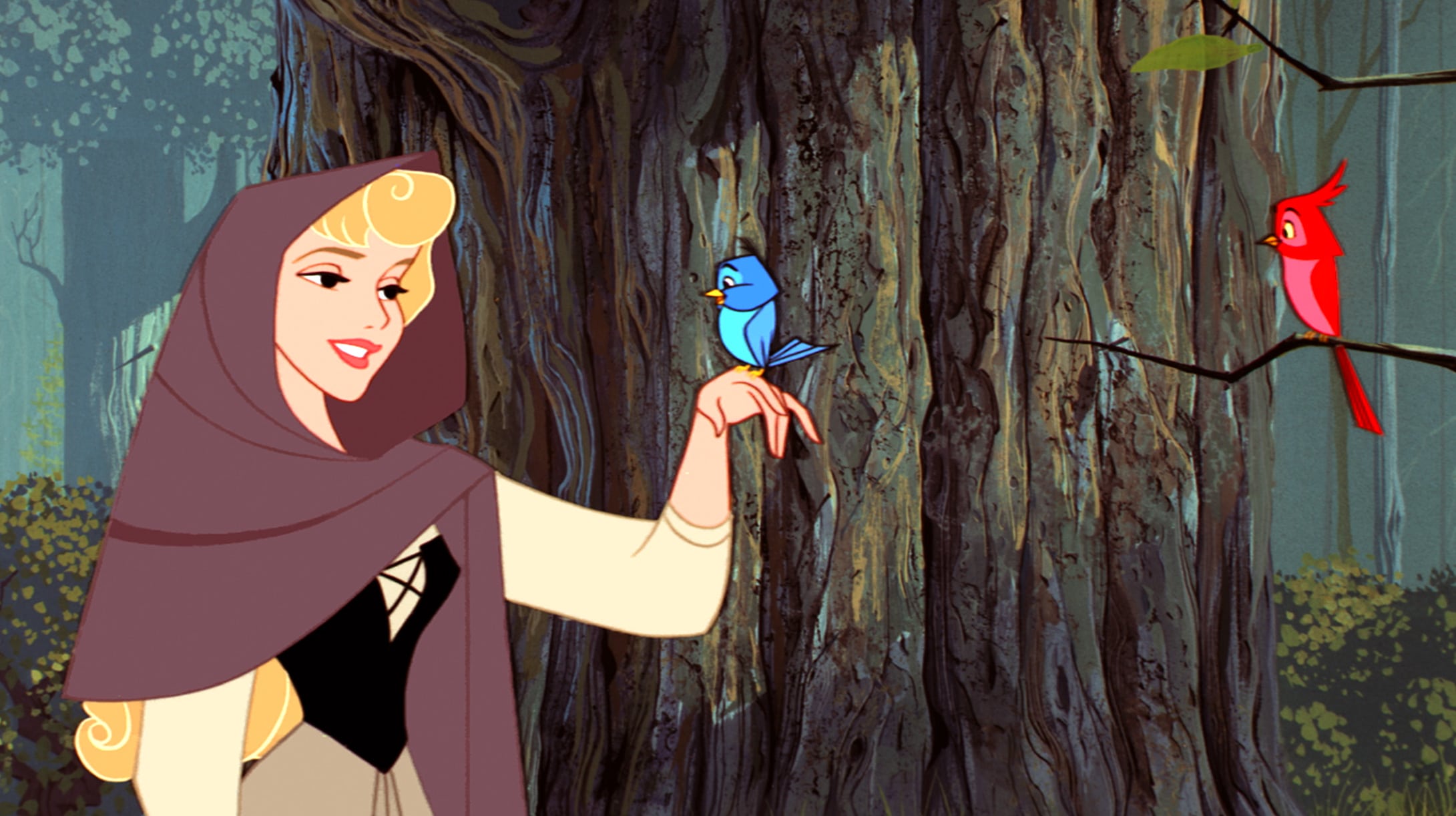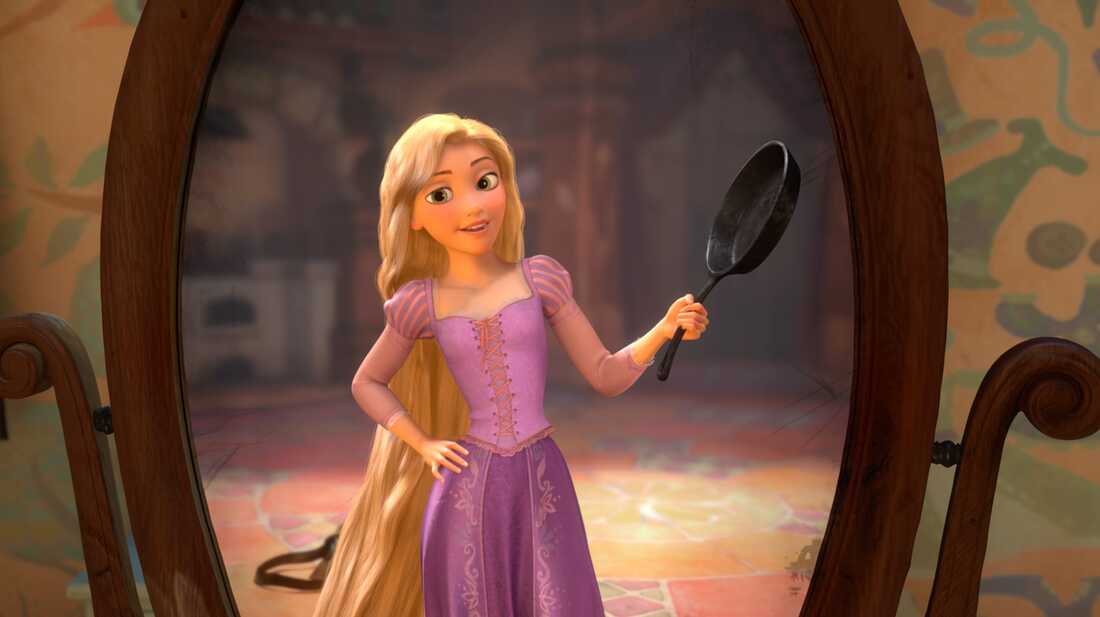|
Image by Gillian Friebis While you're shopping for plants in big-box stores like Walmart and Lowes, you'll probably notice that most plants fall into two categories: low light or bright light. Low light plants are marketed as being easy to care for and able to survive anywhere in your house that could use a splash of green. Many of these low light plants actually will survive in conditions without much light, but the key word is "survive." Tropical plants (aka most houseplants) need a lot of sunlight to grow and thrive. When these plants barely get any light, all of their energy will be put into staying alive. When plants aren't getting enough light, you'll notice very slow growth. Also, new leaves will be far apart or the stem will be abnormally long (the houseplant community calls this being "leggy"). Some plants will also start to lean towards sunlight. Additionally, plants with fun colors will start to lose them when they don't get enough light. I kept a pink nerve plant in my dark bedroom for a while, and the pink accents started to turn white. I was really disappointed when I did more research and found out that these plants need way more light than the label suggested. Okay, so, if all of these plants actually need a lot of light, then why are they advertised as being low light? Houseplants are super trendy right now, and people want to fill their homes with plants. The problem is, most houses and apartments don't have a ton of bright, natural light to keep plants in. So, there's a huge demand for plants that can live in dark corners and dim rooms. When plant sellers saw this demand, they took advantage of it to make bigger profits.
If you have a plant that was labelled as being low light, make sure you do some research to see what the plant species' actual requirements are. You can also try keeping your plant in different areas of your home to see how well it does with different light levels. I had a Monstera adansonii a few yards away from a window for a long time and noticed it wasn't doing well, so I moved it to a room with bright light, and it put out a new leaf for the first time in months! If you don't think your plant is growing as fast as it should be, you could try moving it into brighter light, too. You have to be careful, though. Sometimes too much light can be a bad thing. Some of my succulents have gotten red tints from sun stressing, which I don't mind, but one of my cactuses got a nasty sunburn. Yep, cactuses can get sunburns, who knew? Keep an eye on all of your plants and make sure you move them or add a sheer curtain to your window if you notice signs of stress. Most plants are hardier than you'd think, and keeping plants is supposed to be fun, so don't stress too much about if you're giving them the perfect amount of light. If you mess up, just clip the brown leaves and keep trying new things.
0 Comments
Over the past few years, I've developed a decent-sized plant collection. I started out with cactuses and succulents and eventually expanded to tropical plants. Going from having plants that rarely need to be watered to ones that actually need consistent watering has been a struggle for me. I'm always worried about my plants drying out and dying, so I end up giving them too much water. As a chronic overwater-er, my house is a fungus gnat's dream. My fungus gnat problem became a huge issue a few weeks ago, and I couldn't ignore it anymore. Everything I saw online said to stop overwatering my plants, but it was a little late for that! I found some other good tips that I could try out and found another method on my own. I haven't seen a gnat in at least a week, so I think my infestation is over. I'm in no way a plant expert, but here's my advice for any plant parent dealing with fungus gnats: Buy Some Yellow Sticky Traps (and Skip the Vinegar) |
